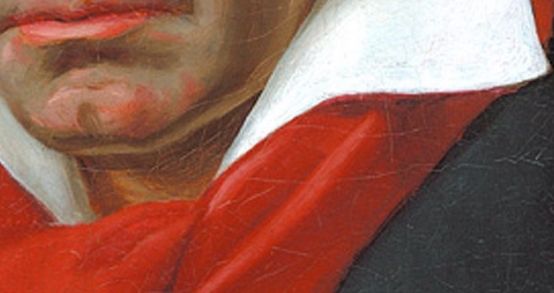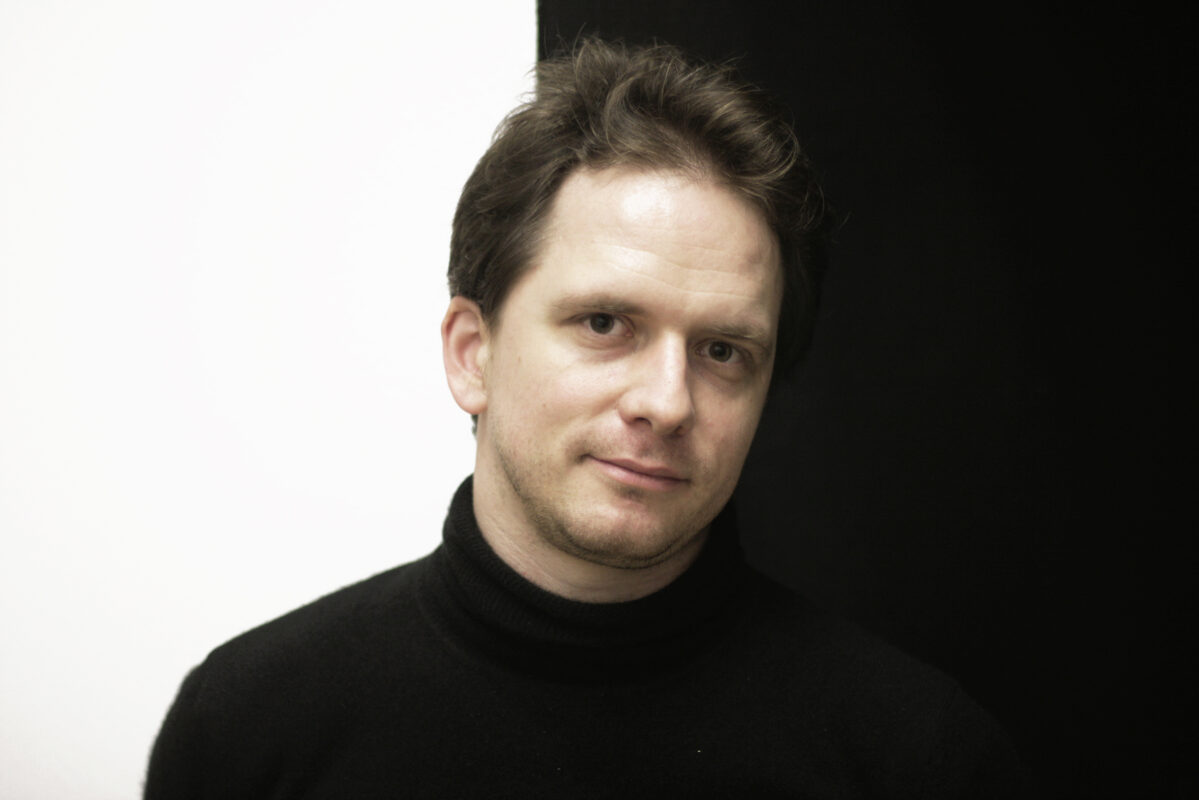Sonata for horn and piano
Every Friday, Beethoven is here. To mark the 250th anniversary of Beethoven's birth, each week the Swiss Music Review takes a look at a different work from his catalog. Today, the sonata for horn and piano in F major.

Even today, this sonata is a real challenge for horn players of all instruments. The natural horn's range was limited to the harmonic series, which did not allow for a continuous diatonic or chromatic line. Before the introduction of pistons (of which Johannes Brahms was not a great fan), this limitation could only be overcome by the technique known as plugging - in which the right hand plugged the bell to alter the pitch. Only a few exceptional musicians were able to sufficiently compensate for the characteristic change in sound (from open to closed) that this technique entailed. Among them was Bohemian-born Wenzel Stich (1746-1803), who also went by the Italian name of Giovanni Punto. He was able to secure Beethoven's participation in an academy at the Hofburgtheater on April 18, 1800, but the work commissioned for the occasion was not completed until the very last moment. Ferdinand Ries quotes this event from memory: "Beethoven almost always postponed until the last moment the composition of works that had been commissioned from him [...]. He began work the day before the performance, but the work was ready on the evening of the concert."
Is this why the central slow movement (Poco adagio, quasi andante) has relatively little development, and acts more as an introduction to the final Rondo? From the very start of the first movement, it is clear that Beethoven deliberately played with the tonal possibilities of the horn, and that he probably tailor-made this sonata for Stich/Punto. The horn begins with a signal using the natural harmonic series. But as soon as it moves on to the main theme, the close notes are unplayable on an instrument without valves, unless you have mastered the technique of plugged tones to perfection. For today's musician, who generally plays a sophisticated, balanced-sounding French horn, the challenge is to retain enough of the original liveliness.
Aufnahme auf idagio
Keeping in touch
A weekly newsletter reveals the latest column on line. You can subscribe by entering your e-mail address below, or by subscribing to our RSS feed.








